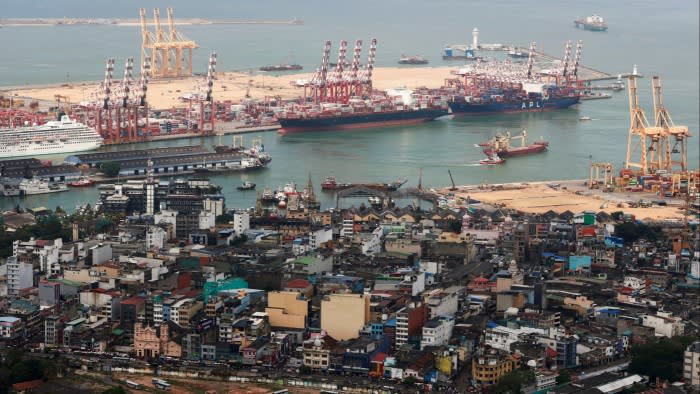Stay informed with free updates
Simply sign up to the Global Economy myFT Digest — delivered directly to your inbox.
Sovereign defaults will become more frequent in the coming decade as poorer countries struggle under sizeable debt burdens and the legacy of high borrowing costs, according to S&P Global Ratings.
Even though global interest rates are now on the way down, and countries such as Zambia and Sri Lanka are finally exiting default, many countries have been left with scant resources to service foreign currency debts and little access to capital.
“Due to higher debt and an increase in borrowing costs on hard currency debt . . . sovereigns will default more frequently on foreign currency debt over the next 10 years than they did in the past,” the rating agency said in a report.
The warning comes as many countries trying to emerge from default battle to secure deals from an increasingly disparate groups of creditors, and to access enough relief to avoid another debt crisis.
Indebted countries including Kenya and Pakistan have narrowly avoided defaults thanks to new IMF bailouts and other loans this year. But they are still in effect locked out of bond markets to refinance their debts, given the double-digit borrowing costs many similar governments have to pay.
Ghana this month exited default when it completed a US dollar bond restructuring that imposed a 37 per cent writedown on creditors. Earlier this year Zambia ended a four-year restructuring saga, while Sri Lanka’s new government is expected to soon finalise a deal to end a 2022 bond default.
Ukraine also concluded the restructuring of more than $20bn of debt — the biggest since Argentina in 2020 — replacing a suspension on payments that was granted after Russia’s 2022 full-scale invasion.
However, Zambia, Sri Lanka and Ukraine have agreed to boost payments on their restructured bonds if they meet economic targets in the years ahead, complicating how much relief they will ultimately need or receive.
Countries emerging from debt restructurings have lower ratings than in the past, according to Frank Gill, Emea sovereign specialist at S&P Global Ratings. “That points to the possibility of repeat defaults.”
The level of defaults also depended on countries’ fiscal choices and the extent to which they could attract overseas capital, such as foreign direct investment, to help fill current account deficits, Gill added. But there was little sign of a large boost in the latter, he said.
While there was no single early warning sign of a sovereign default, S&P Global Ratings said, it found that governments devoted an average of one-fifth of their revenues to interest payments in the year before they stopped servicing the debt.
Countries facing big debt maturities relative to reserves next year include the Maldives, which recently secured a bailout from India, and Argentina.
Argentina’s government has said it can find the dollars to meet about $11bn in foreign bond payments next year, despite limited access to global markets, pressure on reserves and looming payments on IMF loans.
Last month, President Javier Milei also approved a decree to allow maturing debt to be swapped in to new debt at market interest rates without prior legislative approval.
In the next decade, the rise of such buybacks and similar operations meant “the nature of defaults is probably going to become a lot more unconventional”, Giulia Filocca, senior sovereign ratings analyst at S&P, said.
“Increasingly, we are seeing buyback operations which may not look like a default” but that the agency can classify as a distressed exchange if it was being done to avoid a full default, she said.
https://www.ft.com/content/1a625d41-7e1f-415c-beef-2255afa1d498


